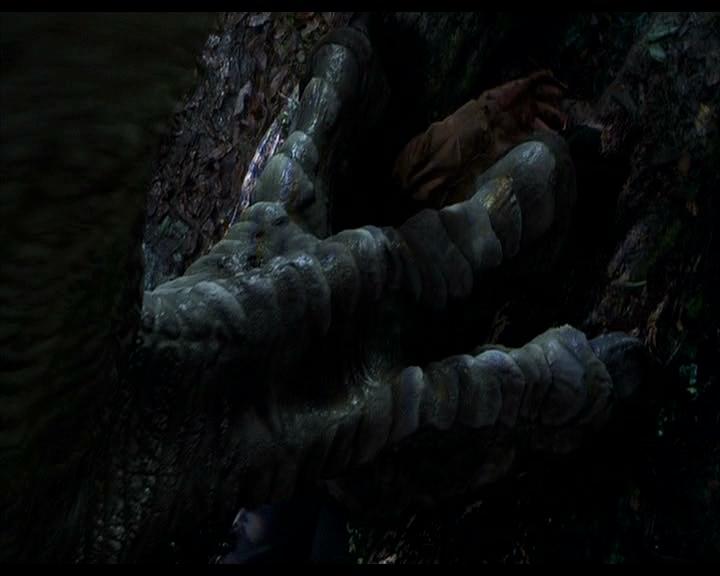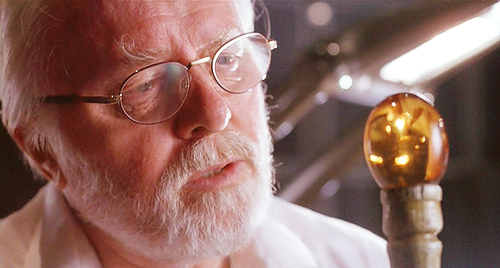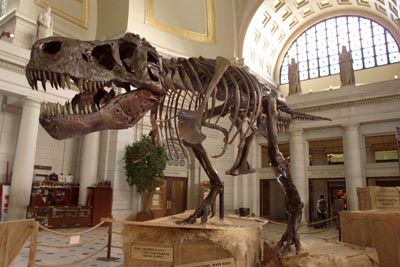How do you tell between different dinosaurs, when you don’t have any dinosaurs? Trace fossils, like footprints, are ghosts of dinosaurs past, remnants of life entombed within the rocks. Palaeontologists and ichnologists (scientists who study trace fossils, not fish) often used to get confused by the question of matching a dinosaur track to its maker. Dinosaur tracks are known from multiple localities all around the globe, but figuring out exactly which dinosaurs made them, or even what type of dinosaur, has always been a mystery. How do you tell the difference? A classic example of this uncertainty is between the tracks of ornithopod and theropod dinosaurs – both groups walked on two feet (bipedal, mostly – some ornithopods were variably quadrupedal), had the same size ranges, were clawed, and had three front toes (mostly). This means that often, the trackways looked quite similar, not just in terms of gross morphology, but also in the stride length, which tells us about how fast an animal was moving at the time.

Sometimes, the trackmaker can be a little easier to identify.. Source



